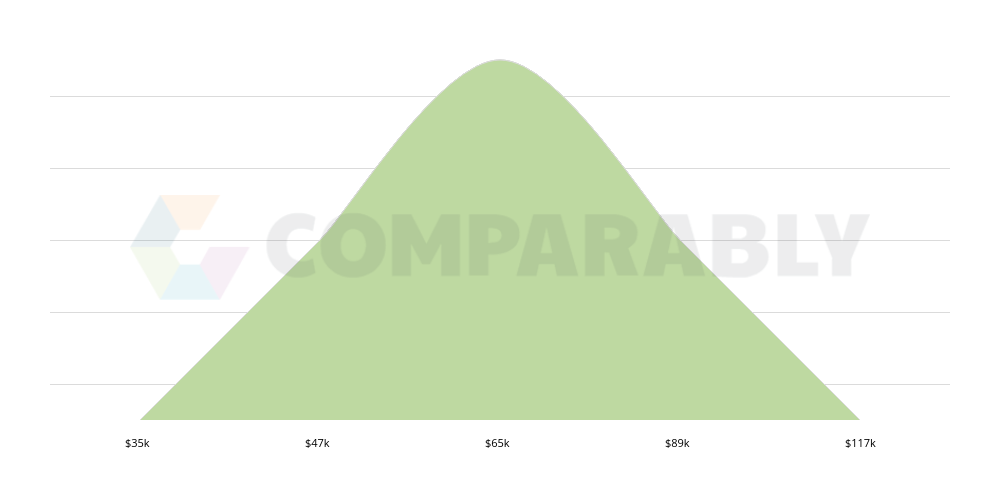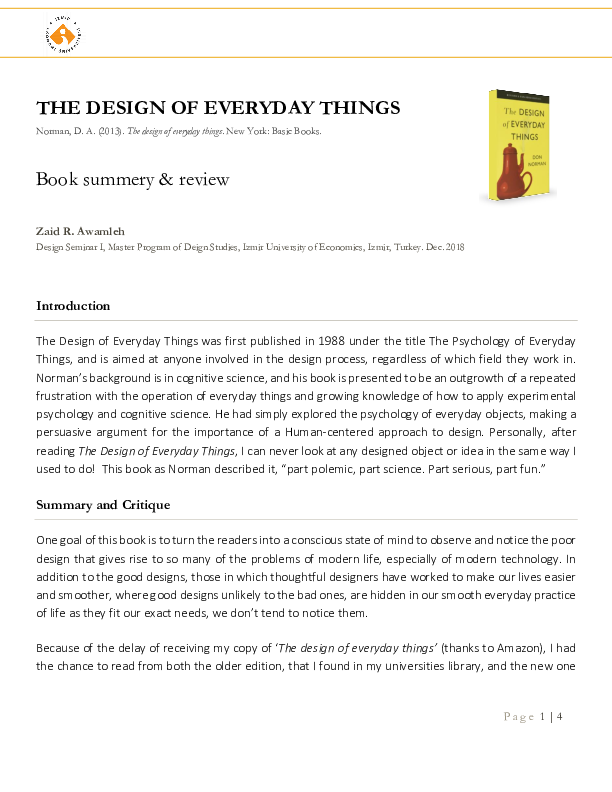
The minimalist approach to web designing focuses on designing around content, eliminating elements that slow down the site. This strategy emphasizes the importance having a strong, central area that encourages visitors to explore all of the site. This strategy stresses the need for plenty of negative space. The high-level content should be placed in a manner that leaves enough negative space. As the user scrolls through the page, content density should increase.
High contrast elements
One of the most essential aspects of minimalist design is a uniform color palette with bold type. This allows users to concentrate on the content on a page. To draw attention to the most important elements of a page, minimalist designers use high-contrast elements. This is done in order to encourage productivity and ease of use.
When designing a website, high contrast elements are often used to draw attention to the content. For example, if a student is ordering a custom dissertation, the text must be conspicuous and easily readable. A different font might be used to highlight the phrase "write me a term paper", for example.
Whitespace
Whitespace must be used to the fullest extent to increase website usability. The use of white space will help the user navigate your site efficiently and see the most important elements. The use of white space will also help you achieve visual balance. A clean web design can be achieved by using white space, a well-planned grid and careful use of negative spaces.

Everlane is an online fashion site that uses whitespace to highlight its clothing collections. A full-page image of a blazer is displayed on the homepage, along with a small button that lets you "shop now". This website's minimalist design is a wonderful example of how to wisely use whitespace. Whitespace can also be used to seperate call-to action buttons and forms from your content. It can make a huge difference in how users view your content.
Typography
If used correctly, minimalism can help to enhance typography. Minimalist web design often features simple elements and bold headlines. Minimalist minimalism is characterized by the importance of color. You can use color to grab attention and set an emotional tone. Choosing the right color can make a difference in the design of a website. Minimalist designs often feature only a few colors.
Minimalism refers to reducing complexity and keeping the focus on the main subject matter. It involves careful review of typography. This includes font selection, tracking, kerning or leading, and layout placement. It also involves a careful examination of color and negative space. It is rooted in Japanese art and early 20th-century architecture. Minimalist designs aim to reduce the amount of distractions to improve the user experience.
Scroll-triggered effects on the web
Scroll-triggered web effects can make a minimalist design more appealing and lively. Wits' homepage features scroll-triggered animations that highlight different sections. The homepage also features a rotating circle that displays the artist's name as well as their portfolio. The site uses serif typefaces as a surround for photos, and fluid animation overlays them.
Scroll-triggered animations also work well for creating a time capsule-like effect. For example, a website that uses this effect could tell a story regarding the White Tower of Ural. This effect is great because users will see all elements as they scroll along the page.

Usability
A minimalist design emphasizes simplicity and directs attention to the essential elements of a site. By removing unnecessary elements, it can lower page count. An appealing design that focuses on the goals of the site can improve user engagement.
Despite its simple and minimalist design, a minimalistic web design can be highly interactive and help users quickly find the answers to their queries. The ultimate goal of web design is to make it easy to use, increase efficiency and encourage interaction. It should make it easy to find the information that users need.
FAQ
What is responsive web design?
Responsive Web Design is a method of designing responsive websites. It allows content to display on all devices (desktop computers, tablets and smartphones), so that it can be viewed easily on any device. This allows users the ability to view a website simultaneously on different devices and still have access to other features like navigation menus, buttons, and so forth. The goal of RWD is to ensure that when a user views a site on any screen size, they view the exact version of the site.
Consider, for instance, that you're building a website for an eCommerce company and your products are sold primarily online. It is important to ensure that your website can be accessed on any device, including a smartphone.
A responsive website will adjust its layout automatically based on what device is used to view it. Your laptop will view the website exactly as a normal desktop site. But, the page will appear differently if you view it on your phone.
This allows you to create one website that works on all devices.
What Should I Add to My Portfolio?
Your portfolio should consist of all these things:
-
Some examples of your past work.
-
Links to your website (if applicable).
-
Link to your blog.
-
Here are some links to social media pages.
-
You can also find links to other designers' portfolios online.
-
Any awards you received.
-
References.
-
Samples of your work.
-
These links show how to communicate with clients.
-
Here are some links to show that you're eager to learn new technologies.
-
These are links that show your flexibility
-
You can find links that reflect your personality.
-
Videos showing your skills.
How do you choose a domain name
It is crucial to choose a great domain name. A great domain name will help people find your site when they search for your product.
Your domain name should be concise, memorable, unique, relevant, and easy to remember. It is ideal to have something that people can type into their browser.
Here are some tips to help you choose the right domain name.
* Use keywords that are related to your niche.
* Avoid hyphens (-), numbers, and symbols.
* Don't use.net or.org domains.
* Use words that are already used.
* Avoid generic terms such as "domain" and "website".
* Make sure it is available.
What is Website Design Software?
Website design software is used by graphic artists, photographers, illustrators, writers, and others involved in visual media to create webpages and other digital materials.
There are two main types for website design software. Desktop apps can be installed on your local computer. They also require that you install additional software. Cloud-based software is hosted remotely over the internet. It does not require you to install additional software, which makes them great for mobile users.
Desktop Applications
While desktop applications have more features than cloud-based options, they're not always needed. Some people prefer working exclusively on a desktop app, as they find it easier. Some prefer to use the exact same tool whether they're using a smartphone or a laptop.
Cloud-Based Solutions
Web designers who want to save time and money should choose a cloud-based solution. These services make it possible to edit any type document from anywhere with an Internet connection. You can use your tablet to work while you wait for your coffee brew.
A license is required if you opt for a cloud-based service. However, you won't need additional licenses when upgrading to a newer version.
These programs are available for web page creation if you have Photoshop or InDesign, Illustrator, and other Adobe products.
Can a strong portfolio make me more likely to get hired as web developer?
Yes. When you are applying for a job as a web developer or designer, a portfolio is crucial. The portfolio must show examples of your skills and experience.
Portfolios typically include examples of past projects. You can include anything that demonstrates your skills. Include everything: mockups; wireframes; logos; brochures; websites and apps.
WordPress: Is it a CMS or not?
The answer is yes. It's a Content Management System. CMS allows you control your website content using a web browser and not an application like Dreamweaver, Frontpage or Frontpage.
WordPress's best feature is its free pricing! Other than hosting, which you usually get from your ISP.
WordPress was initially created as a blogging platform, but it now offers many other options such as eCommerce sites, forums and membership websites. Portfolios are also available.
WordPress is simple and easy to install. To install WordPress, you will need to download the installer file from their website. Once it is downloaded, upload it to your server. Next, simply go to your domain name via your web browser and log into your new site.
After installing WordPress, you'll need to register for a username and password. Once you log in you'll be able access all your settings via a dashboard.
This is where you can add pages or posts, images and links to them. If editing and creating new content is easier for you, skip this step.
You can, however, hire a professional Web designer to handle the whole thing if your preference is to work with another person.
Statistics
- It's estimated that chatbots could reduce this by 30%. Gone are the days when chatbots were mere gimmicks – now, they're becoming ever more essential to customer-facing services. (websitebuilderexpert.com)
- When choosing your website color scheme, a general rule is to limit yourself to three shades: one primary color (60% of the mix), one secondary color (30%), and one accent color (10%). (wix.com)
- In fact, according to Color Matters, a signature color can boost brand recognition by 80%. There's a lot of psychology behind people's perception of color, so it's important to understand how it's used with your industry. (websitebuilderexpert.com)
- Is your web design optimized for mobile? Over 50% of internet users browse websites using a mobile device. (wix.com)
- Did you know videos can boost organic search traffic to your website by 157%? (wix.com)
External Links
How To
What is website hosting?
Website hosting is the place where visitors go to visit a website. There are two types.
-
Shared hosting is the cheapest. Your website files will reside on a server belonging to someone else. Customers visiting your website send their queries over the Internet, to that server. The owner of the server then hands off the request to you.
-
Dedicated hosting is the most expensive option. Your website is only accessible from one server. You and your traffic are protected by the fact that no other websites share server space.
Most businesses choose shared hosting because it's less expensive than dedicated hosting. Shared hosting allows you to have your website run by the company who owns the server.
There are pros and disadvantages to each option. These are the key differences between them.
Sharing Hosting Pros
-
Lower Cost
-
It's easy to set up
-
Frequent Updates
-
It can Be Found On Many Web Hosting Companies
Shared hosting can often cost as little as $10/month. This price often includes bandwidth. Bandwidth describes the amount of data that can be transferred over the Internet. You may have to pay extra for large amounts of data, even if your blog only contains photos.
Once you begin, you will soon see why you spent so much on your previous host. Most shared hosts don't offer any customer support. Although they will help you set up your site occasionally, you are on your own once you have done that.
A provider with 24-hour telephone support is a good choice. They will take care of any issues while you sleep.
Cons of dedicated hosting
-
More Expensive
-
Less is More
-
You will need to have special skills
With dedicated hosting, all you need to maintain your website are provided. You won't worry about how much bandwidth you are using or how much RAM (random Access Memory) you have.
This means you will need to spend more upfront. But once your online business starts, you'll realize you don't need any technical assistance. You'll be able to manage your servers effectively.
Which Is Better For My Business, So Which Is Better?
The answer depends on what kind of website you want to create. If you are selling products, shared hosting may be the best option. It's simple to set it up and keep it updated. A server shared with several other sites means that you will receive frequent updates.
However, dedicated hosting is the way to go if you want to build a community around your brand. It allows you to focus on building your brand and not worrying about managing your traffic.
Bluehost.com is a web host that offers both. They offer unlimited data transfers per month, 24/7 support and free domain registration.